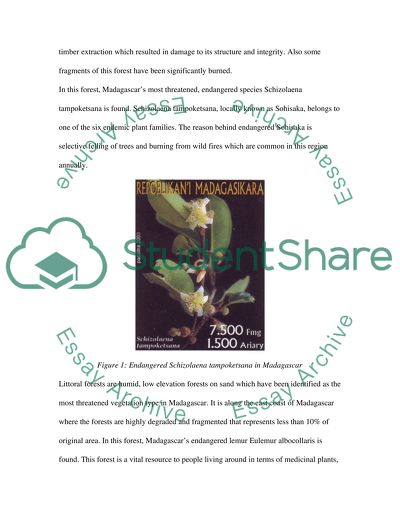Cite this document
(What Is Being Done to Conserve Biodiversity in Madagascar Report, n.d.)
What Is Being Done to Conserve Biodiversity in Madagascar Report. https://studentshare.org/environmental-studies/1564874-what-is-being-done-to-conserve-biodiversity-in-madagascar
What Is Being Done to Conserve Biodiversity in Madagascar Report. https://studentshare.org/environmental-studies/1564874-what-is-being-done-to-conserve-biodiversity-in-madagascar
(What Is Being Done to Conserve Biodiversity in Madagascar Report)
What Is Being Done to Conserve Biodiversity in Madagascar Report. https://studentshare.org/environmental-studies/1564874-what-is-being-done-to-conserve-biodiversity-in-madagascar.
What Is Being Done to Conserve Biodiversity in Madagascar Report. https://studentshare.org/environmental-studies/1564874-what-is-being-done-to-conserve-biodiversity-in-madagascar.
“What Is Being Done to Conserve Biodiversity in Madagascar Report”. https://studentshare.org/environmental-studies/1564874-what-is-being-done-to-conserve-biodiversity-in-madagascar.


